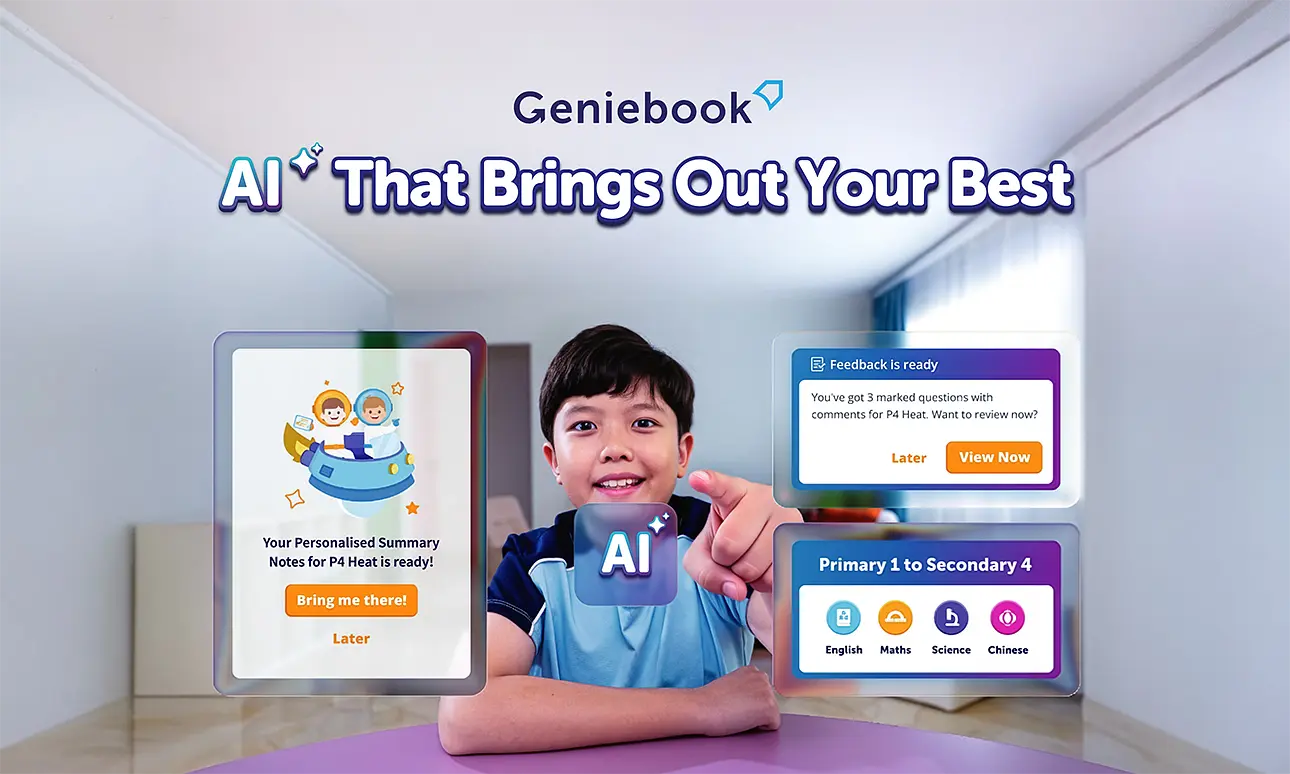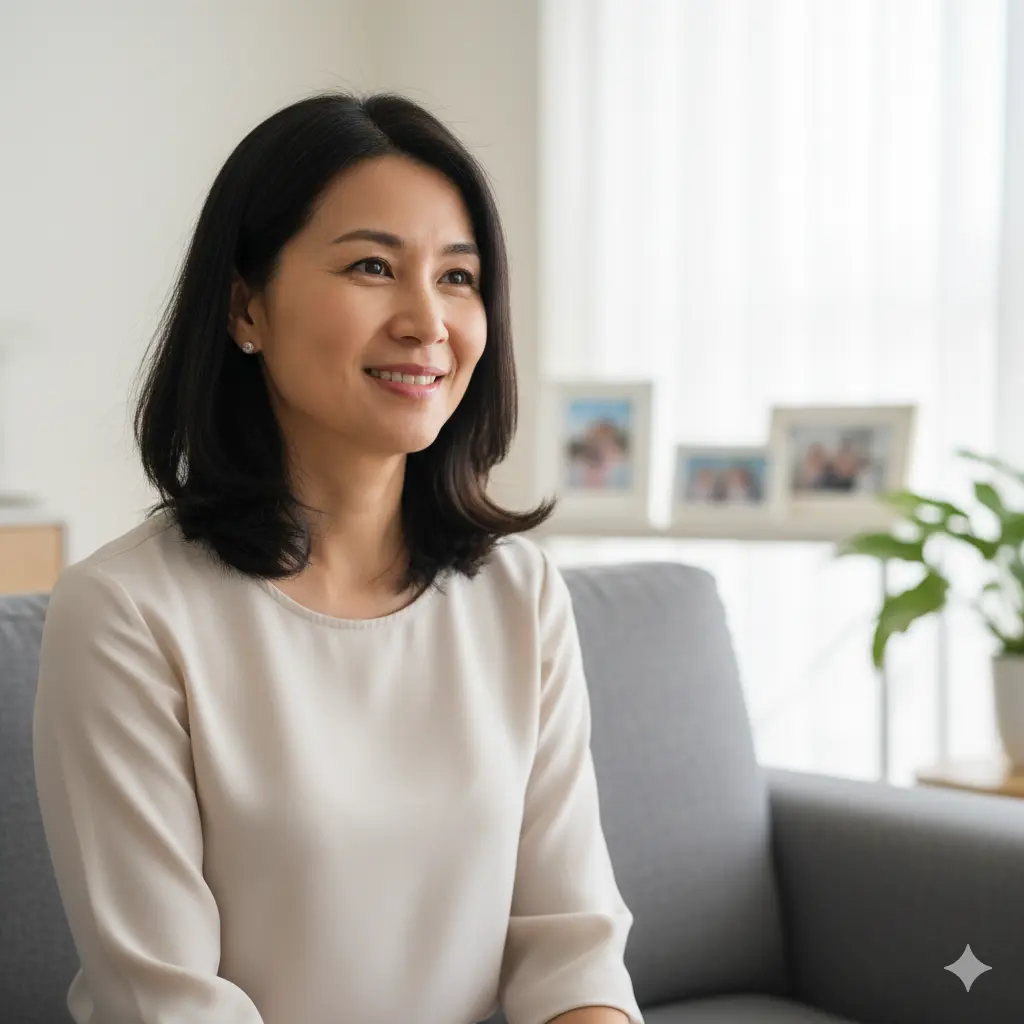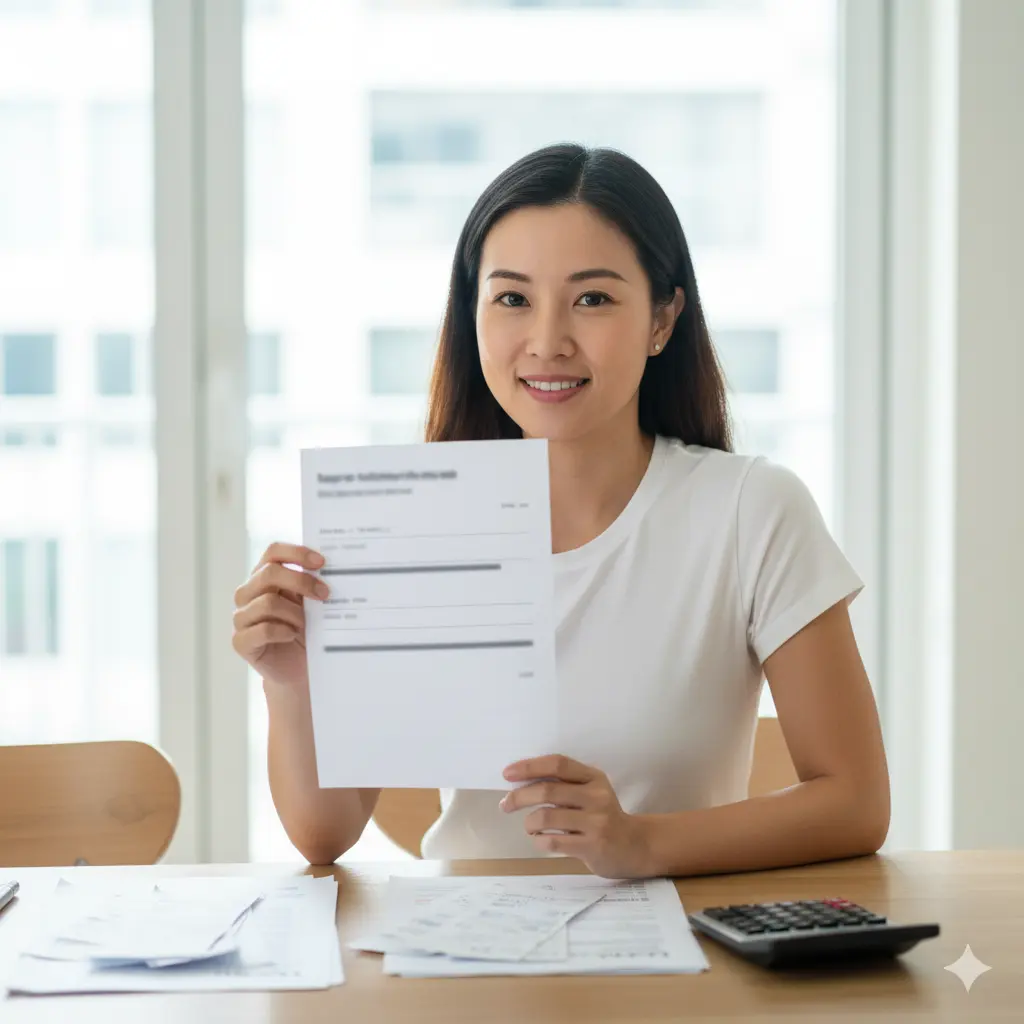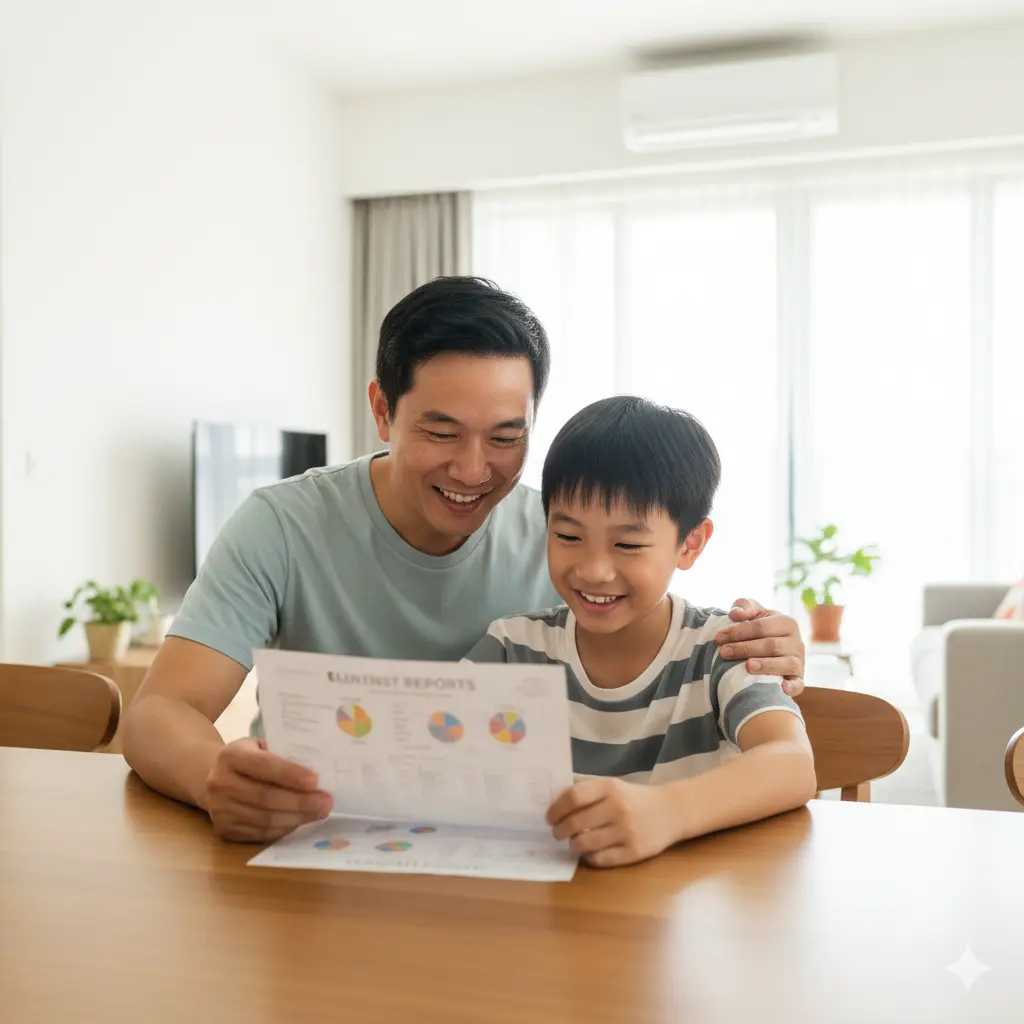Fun and Educational Places in Singapore for Students
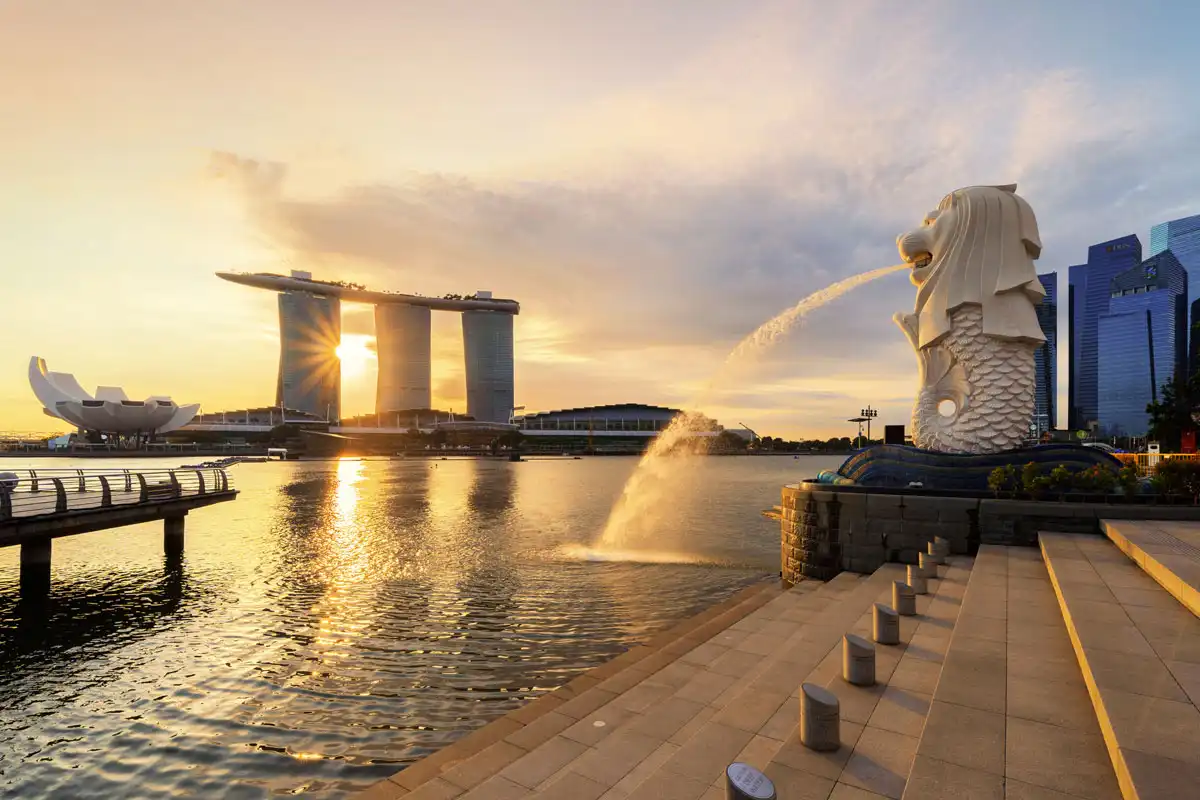
School holidays in Singapore are more than a break from homework. They’re a chance for children to learn in ways that classrooms can’t always provide. Across the island, there are places where history, science, art and nature come alive and where lessons feel more like adventures.
The Ministry of Education encourages this kind of learning beyond the classroom. Many schools run learning journeys to museums, parks and galleries to connect lessons with real-world experiences. Parents can take the same approach during weekends or holidays, choosing outings that not only entertain but also nurture curiosity, resilience and independent thinking.
1.Science Centre Singapore & KidsSTOP: Hands-on science for every age
With over 850 interactive exhibits, Science Centre Singapore turns physics, chemistry and life sciences into something children can touch, build and explore. Live demonstrations on electricity, magnetism and climate science tie directly into the primary syllabus.
For younger children, KidsSTOP uses storytelling and play to introduce STEM concepts in a way they can grasp. A lesson on the water cycle in school might be a diagram on a whiteboard. Here, it’s a moving model they can operate themselves.
Curriculum links: Science (P3–P6 topics), critical thinking, inquiry skills
Best for: Primary 1–6
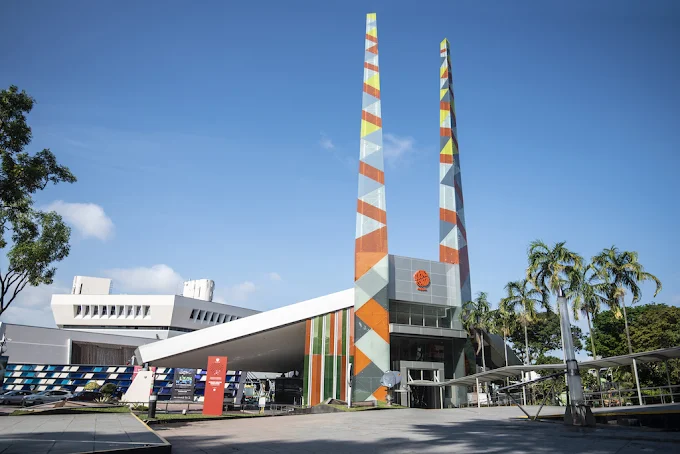
2. National Museum & Children’s Museum: Making history relatable
The National Museum of Singapore shows the nation’s story through artefacts, interactive galleries and multimedia exhibits. Children can step into recreated spaces from the past and hear voices from earlier generations.
The Children’s Museum Singapore, designed for those aged 12 and under, takes complex historical ideas and turns them into hands-on play and storytelling. A history lesson stops being dates to memorise and becomes something they can experience.
Curriculum links: Social Studies, oral communication, character and citizenship education
Best for: Primary and lower secondary
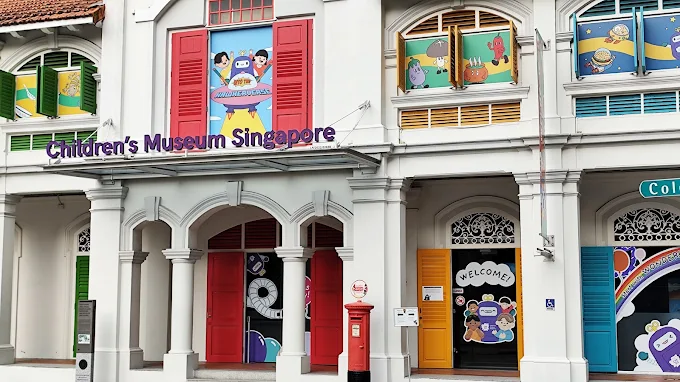
3. Pulau Ubin & Dairy Farm Nature Park: Learning outdoors
Pulau Ubin offers a view of Singapore before skyscrapers, complete with a restored kampong and trails through mangroves and forests. Dairy Farm Nature Park, with its Wallace Education Centre lets students learn about biodiversity, food chains and conservation through guided walks and exhibits.
Outdoor learning like this builds resilience and awareness of the environment—two skills MOE lists as part of its 21st-century competencies.
Curriculum links: Science (life cycles, habitats), geography, environmental education
Best for: Upper primary and lower secondary
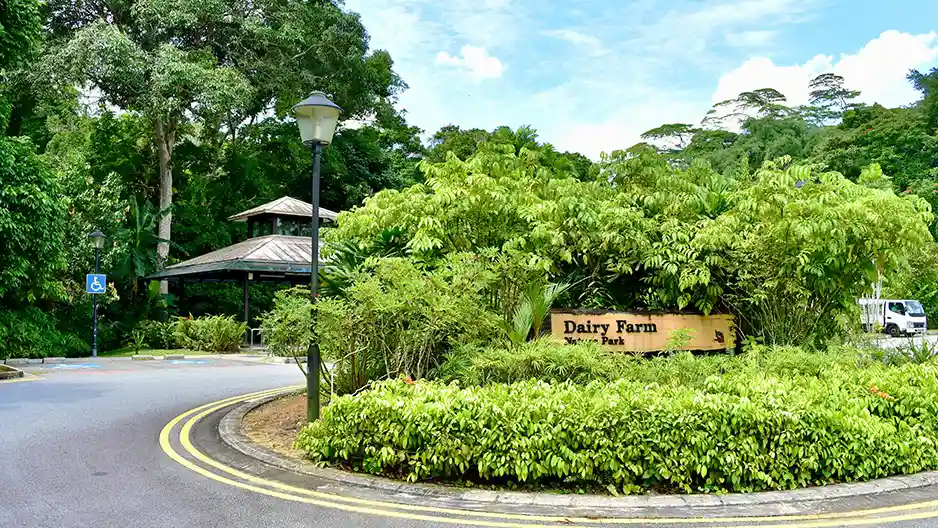
4. National Gallery & Singapore Discovery Centre: Art and national identity
At the National Gallery Singapore, students explore Southeast Asian art, learning about identity, innovation and community through visual storytelling. Family programmes are designed to help children interpret art in ways that connect to their own lives.
The Singapore Discovery Centre takes a broader view, using simulations, immersive galleries and multimedia to explore the nation’s past, present and possible futures.
Curriculum links: Art, Social Studies, civic literacy
Best for: Primary 3–Secondary 2
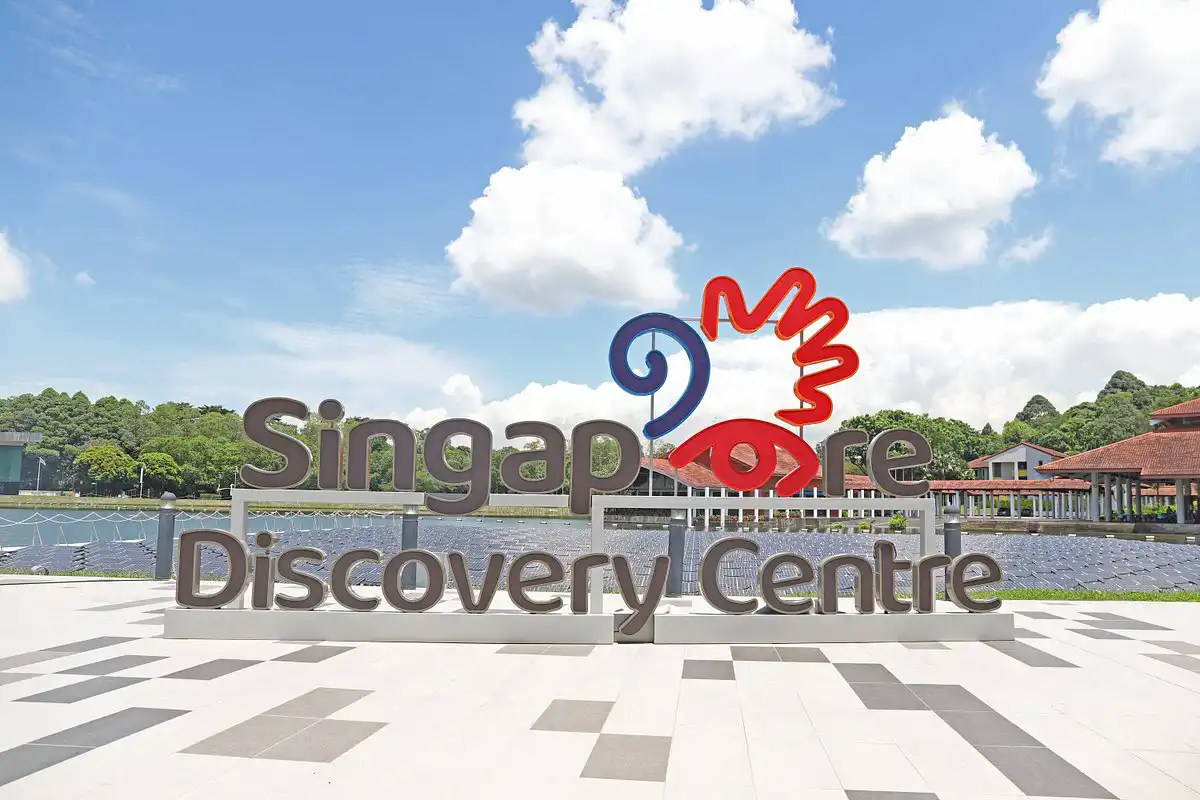
5. Sentosa Learning Attractions: History, science and culture by the beach
Fort Siloso walks students through Singapore’s WWII history inside preserved bunkers. S.E.A. Aquarium gives them a close-up view of marine ecosystems and conservation work.
Madame Tussauds and Images of Singapore combine history with cultural storytelling in an interactive way.
Curriculum links: Science, history, character development
Best for: Primary 4–Secondary 2
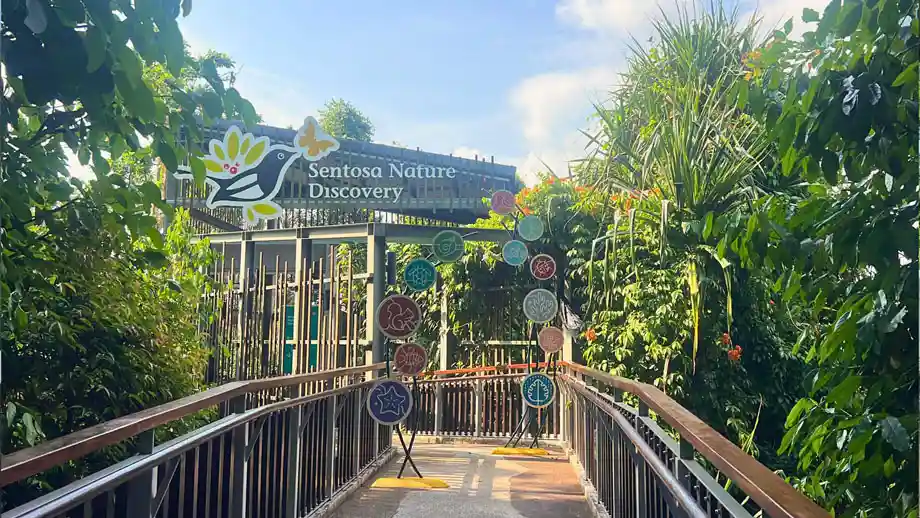
6.Skill-building holiday activities
School breaks are also a good time for structured programmes such as:
-
Robotics and coding camps
-
Nature journaling and sustainability workshops
-
Art and drama bootcamps
-
Mindfulness and resilience camps
These activities build creativity, problem-solving and social-emotional skills—areas MOE prioritises for future readiness.
Linking outings to learning at home
The trip is just the start. After an outing, guide your child to reflect on what they experienced. Ask open-ended questions like “What surprised you most?” or “What’s something you’d like to learn more about?” Encourage them to connect these experiences to what they are studying in school.
Digital platforms such as Geniebook can help reinforce what was learnt. After visiting the Science Centre, for example, a child could work on MOE-aligned Geniebook worksheets on magnetism or heat transfer to turn a day’s exploration into lasting understanding.
A checklist for parents planning educational outings
| Criteria | Recommendation |
|---|---|
| Age appropriateness | Pick venues suited to your child’s level and interests |
| Curriculum relevance | Match locations to Science, Art or History topics |
| Interactivity | Choose places with hands-on exhibits and guided tours |
| Reflection | Discuss and connect the outing to school subjects |
| Follow-up | Use resources like Geniebook for practice |
Singapore is full of places where a child’s learning can grow beyond the classroom walls. The more we connect school topics with real experiences, the more those lessons will stick. The best part is that these trips don’t just teach facts—they build memories.
 SG
SG  VN
VN 

